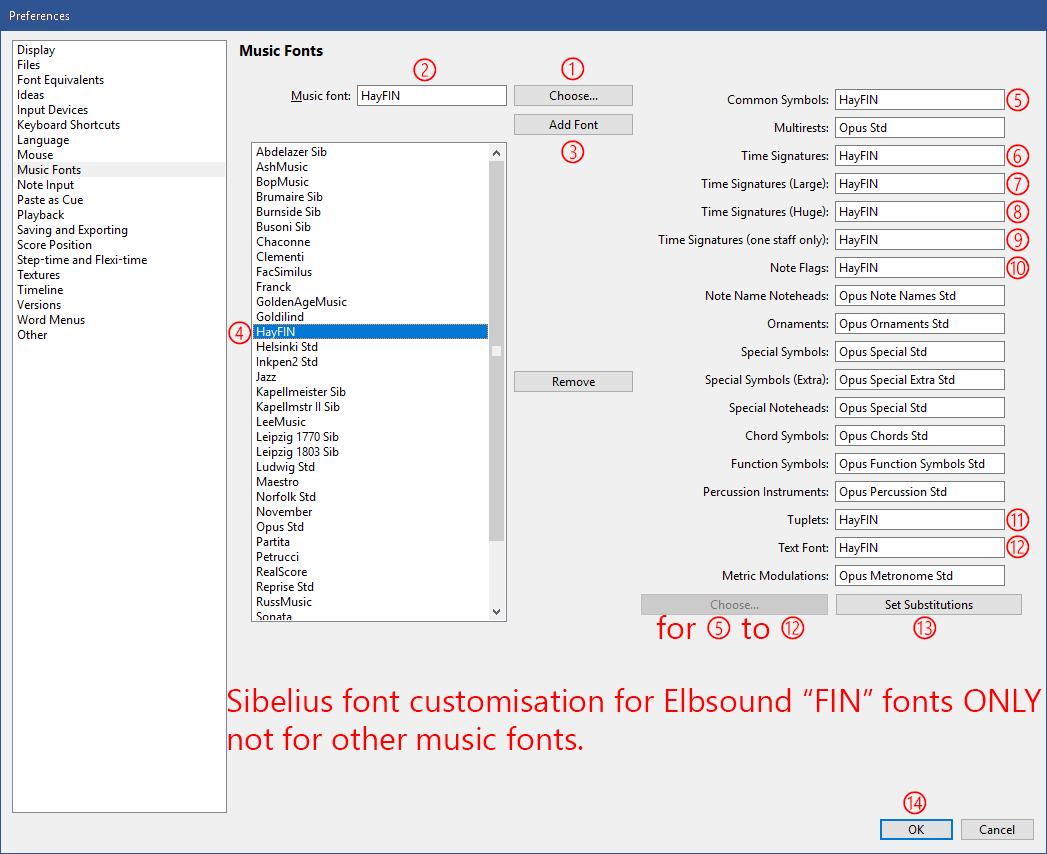
You won’t find a filter or plugin that will target this new type of arpeggio line in Sibelius. The arpeggio lines are only supposed to be on the first beat of each of those bars but for some reason every one of those bars with an arpeggio line on beat one ended up with arpeggio lines on every note in the bar, quite a mess. Notice in the first and forth bars there are arpeggio lines on every note in the measure.
#SIBELIUS 8 TUTORIAL PDF#
I recently opened a musicXML file created from a PDF and found about 40 out of 160 bars in a piano part that looked very similar to the following example. Here are some examples of how I use the keypad to filter and delete or remove which is really just toggle off. If you find this entertaining, please continue until you get the idea.

Now click the ‘= ‘ key on the 1st keypad again and it’s removed, click, click, click = on, off, on. Try this: create a quarter note on a staff then using the keypad put a accent mark on it by using the ‘=’ key on your numeric keypad or by clicking on the accent key on the Sibelius keypad on the screen. Most Sibelius users only see the first half of this function, toggle on. Flip the switch up and the light is on/created, flip the switch down the light is off/deleted. Kind of like the light switch in my graphic above. This means if you click a key once it turns something on or creates it, click it again it turns it off or removes it. Actually, many of the keypad functions are what we’ll call a toggle. You are first introduced to the keypad as an input device when you are learning Sibelius. Your first reaction may be to reach for a filter in the Edit menu or perhaps plugin from the Plug-in menu but, if you adjust your thinking a bit you can come to think of the Sibelius keypad as a very useful tool for the third reason, quick targeted filter and delete tasks. The reason to filter a note, rest or other notational element falls into one of three categories 1-to modify, 2-to copy or 3-to delete. When she is not sitting at a computer, Jenny enjoys spending time with her husband and their dogs, and she occasionally straps on her accordion for a polka or two.Sibelius has many powerful filters in the Edit menu that are useful for all sorts of duties.

#SIBELIUS 8 TUTORIAL PROFESSIONAL#
Jenny has composed music for a variety of ensembles and media, she loves writing and arranging music for wind band, and she has significant professional experience as a copyist, chart preparer, and arranger.
#SIBELIUS 8 TUTORIAL PRO#
Her education includes a Bachelor of Music degree in composition from Cal State University, Fullerton, a Master of Music degree in commercial music from Cal State University, Los Angeles, and Pro Tools Expert Certification from The Recording Arts Center in San Diego, CA. She can frequently be found leading clinics at national music education and industry conferences. Jenny has been a member of the Sibelius team since 2001, as a freelance product specialist and trainer. She also owns and operates The Commercial Music Lab, an official Avid Learning Partner and music technology training facility in Riverside, CA. Jenny Amaya is an Avid Certified Instructor and Sibelius Master Trainer, and she is currently an Assistant Professor of music industry studies at Cal Poly Pomona. Exercise 2: New Score and Note Input Practice #2.Lesson 11: Finishing and Printing Your Score.Exercise 1: New Score and Note Input Practice #1.Lesson 6: Creating a New Score and Inputting Score Objects.Lesson 3: A Closer Look at the Interface.Lesson 2: Score Window and Ribbon Overview.Lesson 1: Navigating and Understanding the Sibelius Interface.


 0 kommentar(er)
0 kommentar(er)
